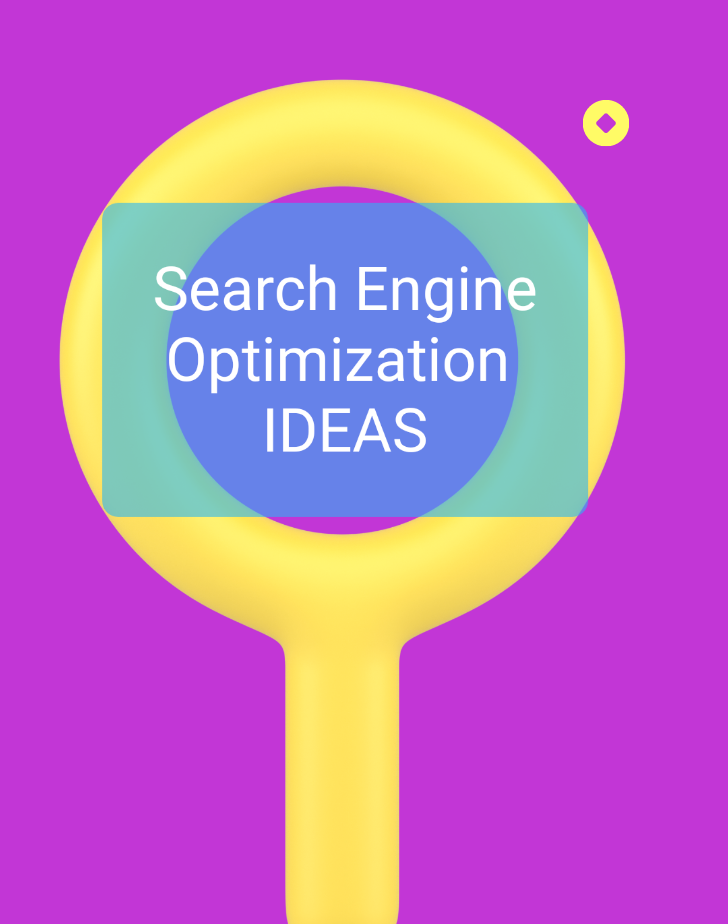1. Keyword Research
- Use tools like Google Keyword Planner, SEMrush, or Ahrefs to identify relevant keywords with high search volume and low competition.
- Target long-tail keywords for specific and less competitive search queries.
- Consider user intent when selecting keywords to optimize for.
2. On-Page Optimization
- Optimize title tags, meta descriptions, and headers (H1, H2, etc.) with targeted keywords.
- Create unique, descriptive, and compelling meta tags that entice users to click.
- Optimize URL structures to be concise and include keywords where relevant.
- Use internal linking to establish website hierarchy and improve navigation.
- Optimize images with descriptive filenames and alt tags containing keywords.
3. Content Creation and Optimization
- Produce high-quality, valuable, and relevant content that addresses user queries and needs.
- Use a mix of formats such as articles, videos, infographics, and podcasts to cater to different audience preferences.
- Regularly update and refresh content to keep it current and engaging.
- Utilize structured data markup (schema.org) to provide search engines with more context about your content.
4. Mobile Optimization
- Ensure your website is mobile-friendly and responsive across various devices and screen sizes.
- Improve page speed by optimizing images, minimizing HTTP requests, and leveraging browser caching.
- Implement Accelerated Mobile Pages (AMP) for faster loading times on mobile devices.
5. Technical SEO
- Conduct regular website audits to identify and fix technical issues such as broken links, duplicate content, and crawl errors.
- Optimize website structure and navigation for better crawlability and indexing.
- Create and submit an XML sitemap to search engines to help them discover and index your pages.
6. Link Building
- Earn backlinks from authoritative and relevant websites in your industry through guest blogging, outreach, and content promotion.
- Focus on acquiring natural and high-quality backlinks rather than resorting to spammy tactics.
- Monitor and disavow toxic or low-quality backlinks to maintain a healthy link profile.
7. Local SEO
- Claim and optimize your Google My Business listing with accurate business information, photos, and reviews.
- Consistently maintain NAP (Name, Address, Phone Number) consistency across online directories and listings.
- Encourage customer reviews and respond promptly to feedback to improve local visibility and reputation.
8. User Experience (UX) Optimization
- Improve website usability, navigation, and readability to enhance the overall user experience.
- Reduce bounce rates and increase dwell time by providing valuable and engaging content.
- Implement clear calls-to-action (CTAs) to guide users through desired actions on your website.
9. Social Media Integration
- Share and promote your content across social media platforms to increase visibility and attract more traffic.
- Encourage social sharing and engagement to amplify your content reach and influence.
10. Analytics and Monitoring
- Use tools like Google Analytics and Google Search Console to track website performance, traffic, and keyword rankings.
- Monitor SEO metrics regularly and adjust your strategies based on data insights and trends.
By implementing these SEO strategies and continuously refining your approach based on performance metrics and industry changes, you can enhance your website's visibility and attract more organic traffic over time.

No comments:
Post a Comment